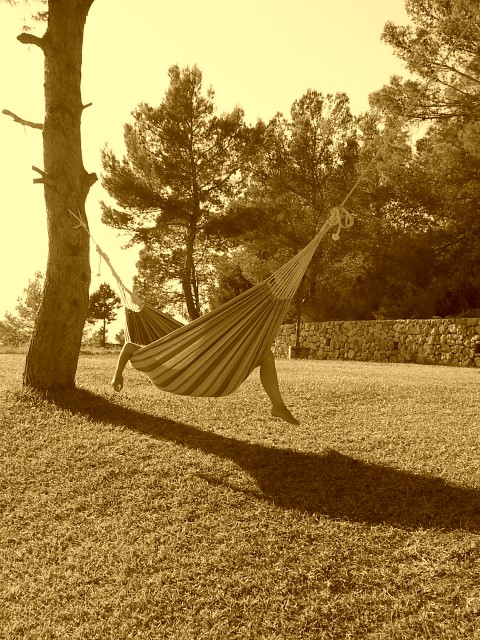The Self-Improvement Juggernaut
There was a time in my life, as there is in many lives who grow up submersed in the Western cultural values of striving and “being better”, that I was obsessed with self-improvement. I read all the books about “how to be a better this” and “how to be better at that”. I went on retreats and took on practices to make myself happier, more productive, more creative, less neurotic, less angry, more abundant and on and on and on all in an effort to prove myself worthy of existence.
When I reached one self-inflicted goal, I immediately set another and another all in the name of becoming a better person and ensuring that I was living up to my potential. It was not only exhausting, it was expensive. And while I may have had some truly valuable experiences and come away with knowledge that indeed made my life a little better, none of it ever satisfied the unquenchable thirst at the root of what was driving me…a sense of not being good enough.
Out from Under the Self-worth Steamroller
It was grace, or quite frankly what felt like hell at the time, that woke me on this hamster wheel. Who exactly was I trying to improve? Why did she need improvement? And would she ever be good enough? From the perspective of “self-improvement”, of course she wouldn’t! I went through a period of realizing it was all useless. I’d never be that perfect self I had to be to accept myself. Somehow, I had to stop resetting the bar and quit the self-improvement race. And I knew I had better find another way to accept myself, “as is”. Slowly, selfcare began to replace self-improvement.
I wanted to heal this bottomless pit of worthlessness, but not with anything external to myself. I let an identity that I had built up go (or to be more accurate, it was ripped out from under me). I even gave this ‘false self’ a little ceremonial burial. I started to focus more on doing things that made me happy…not things that made me look good to others. I began to learn to self-nurture. Just like a plant cannot possibly be expected to thrive if conditions aren’t right, I had to realize that my ability to live up to any potential was not dependent on constant self-improvement, but rather on how well I took really excellent care of me. It was a start.
From Self-Improvement to Selfcare
It’s been many years since and now my focus is quite a bit different. It turns out that even a material sense of worth wasn’t enough for me. I needed something far more wonderous and powerful. This came as not just selfcare, but capital S Selfcare. I am still just beginning to understand that any growth I may experience is not the result of tireless egoic efforts of striving to control or improve some faulty version of myself, nor even the rather the result of receiving proper light, nutrients, and other environmental factors (of both my inner and outer environments) that this being needs to flourish. More than anything, it is a direct consequence of being connected to the truth of Self, my God-given beingness.
Self-acceptance is an ongoing affair, but I do realize that my personality is itself. I can let it be what it is, with all its silly flaws. I belong to something much greater, a force that brought me into this world and a force that will see me through it and then see me out. I decided to the best of my ability, to trust in that nameless love and in that life that courses through my veins. I just have to take tender care of this vessel in which I reside. Everything else just happens. I can let come what comes and let go what goes. At least, that’s my daily practice.
What’s Driving You?
I’m not saying that self-improvement is wrong. Obviously, if you didn’t graduate from high school and return to get a GED, that’s entirely admirable. If you are overweight and you don’t like how it feels and decide to do something about it, that’s great. If you want to learn to be a better communicator, why not? But with any self-improvement endeavour, the question is what’s driving you? Self-hatred? Feeling not good enough? Winning the validation of others? A bottomless pit in your core?
Are you on a never-ending quest of self-improvement? Is it working? Do you love yourself more? Are you kinder towards yourself and others? Or are you always resetting the bar…never quite reaching some idealised version of yourself? When will enough be enough? Maybe it’s time to find a new motivation for doing what you do and let the Light that you are take care of it all.

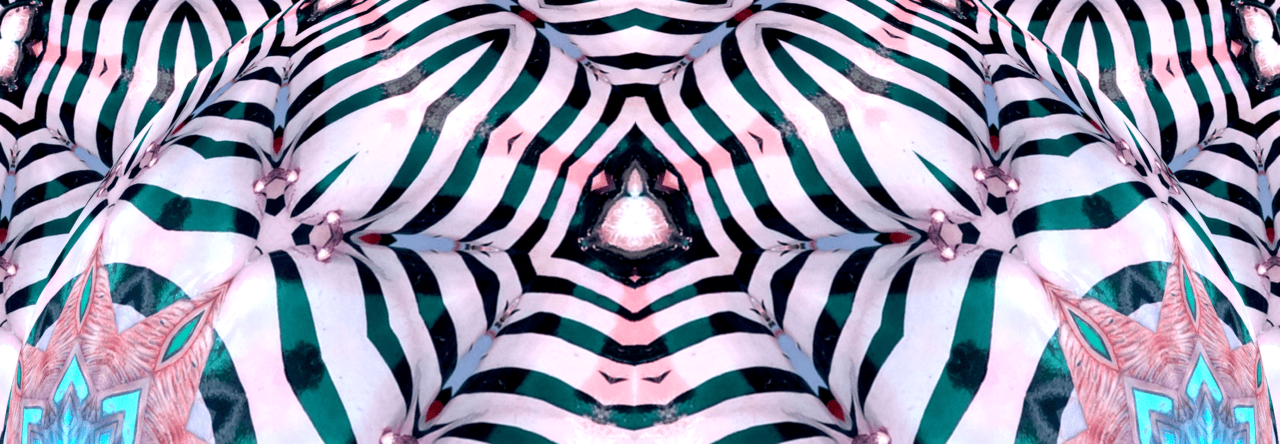
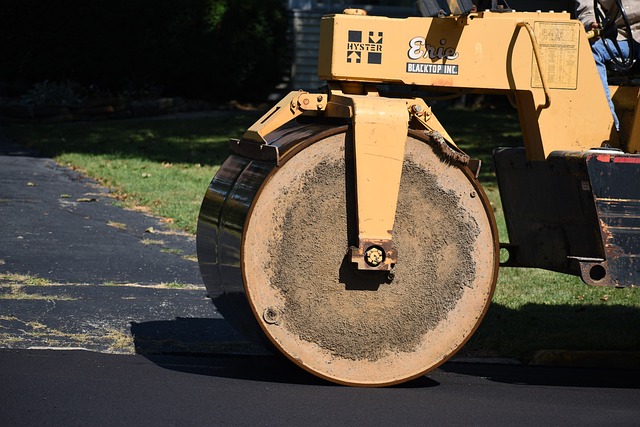
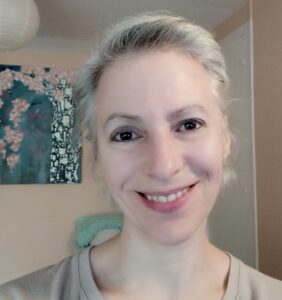 About the Author:
About the Author: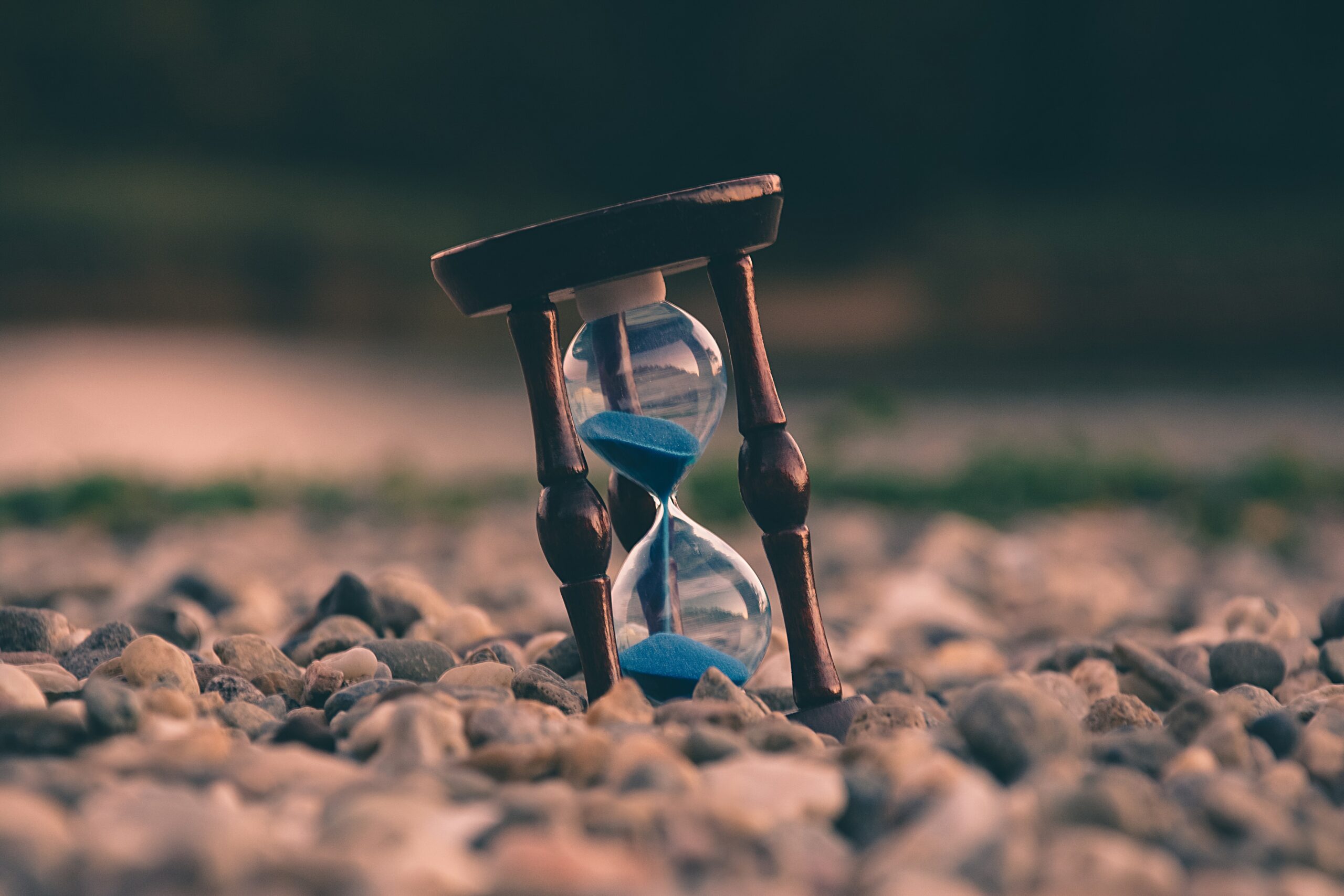
 THE BARDO OF EMPTINESS
THE BARDO OF EMPTINESS
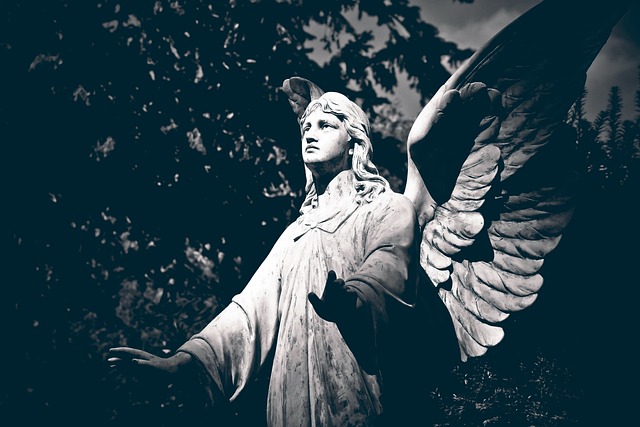
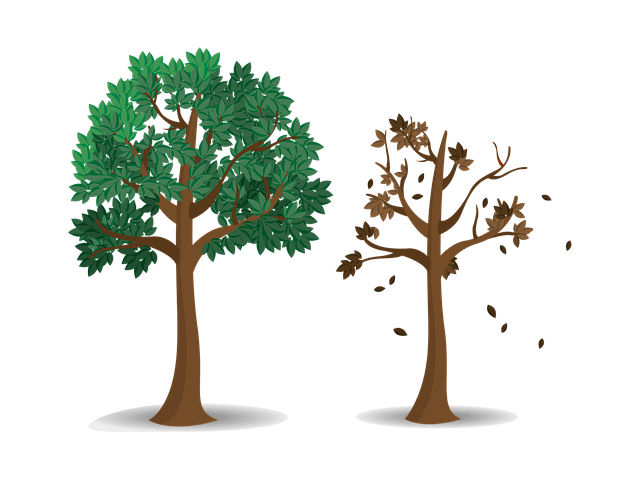
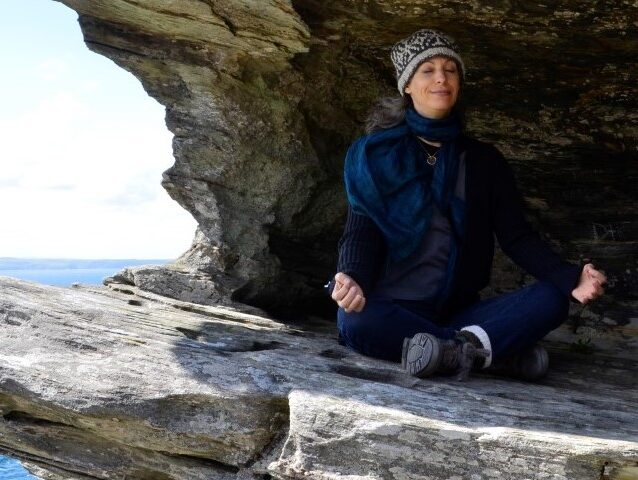

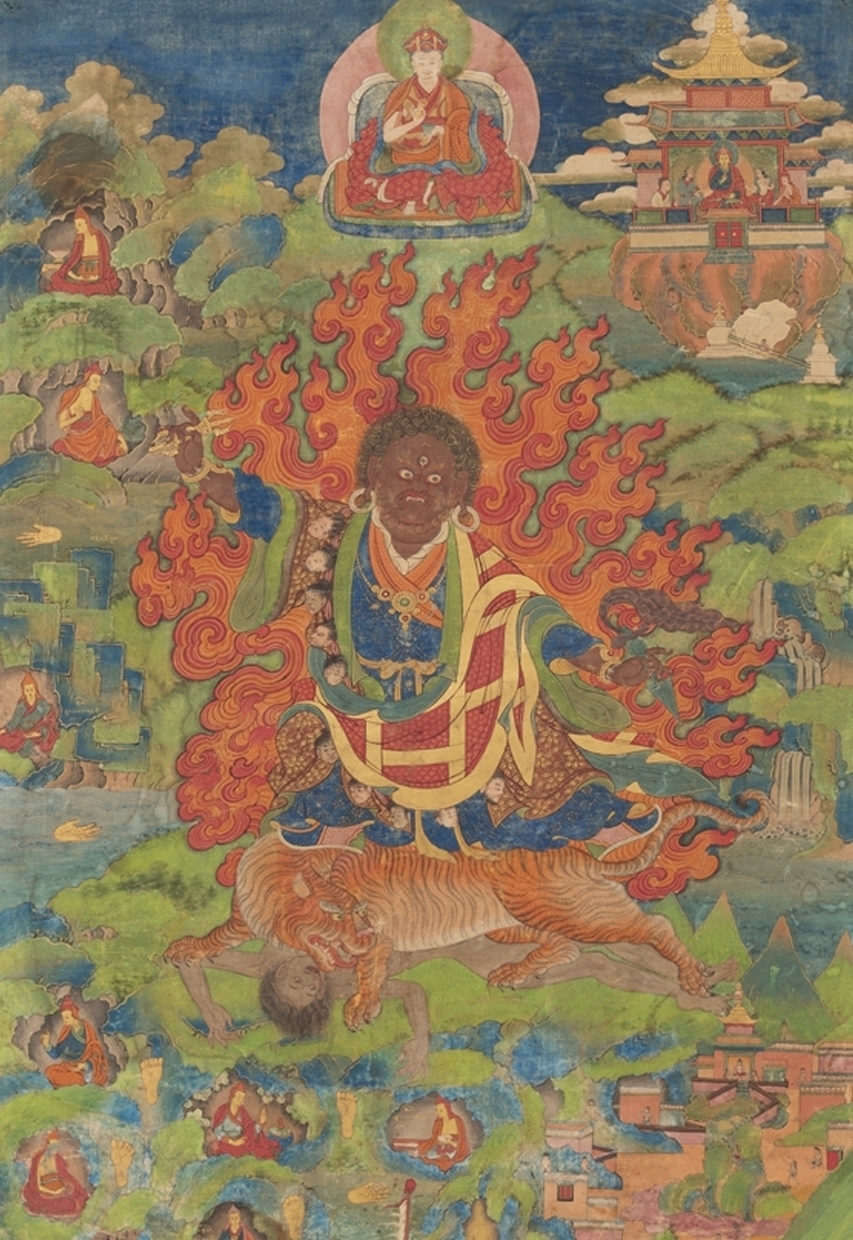
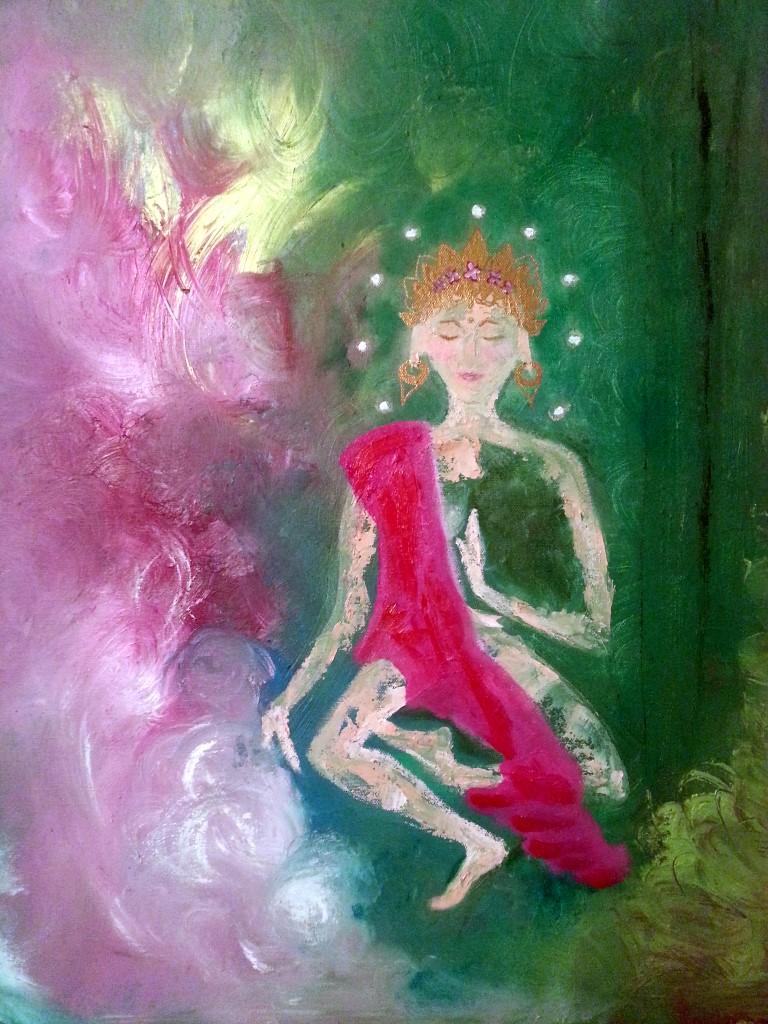
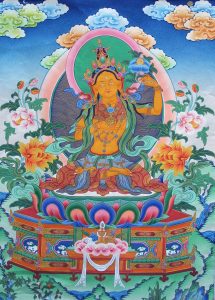 Sherab Chamma, Compassionate and Peaceful Healer
Sherab Chamma, Compassionate and Peaceful Healer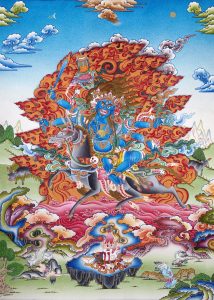 Sidpe Gyamlo,
Sidpe Gyamlo, 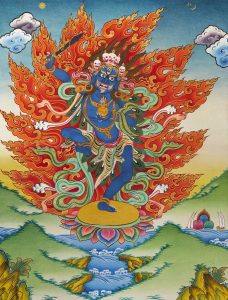 Yeshe Walmo,
Yeshe Walmo,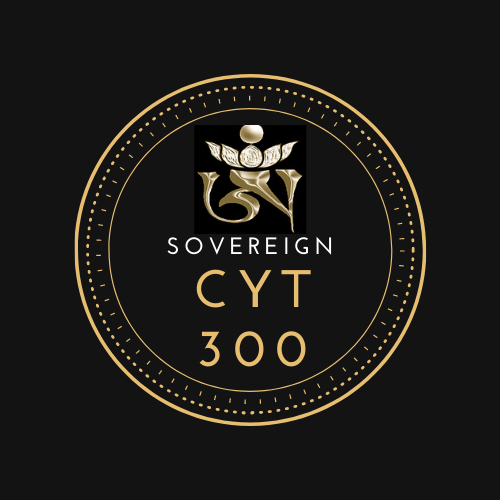
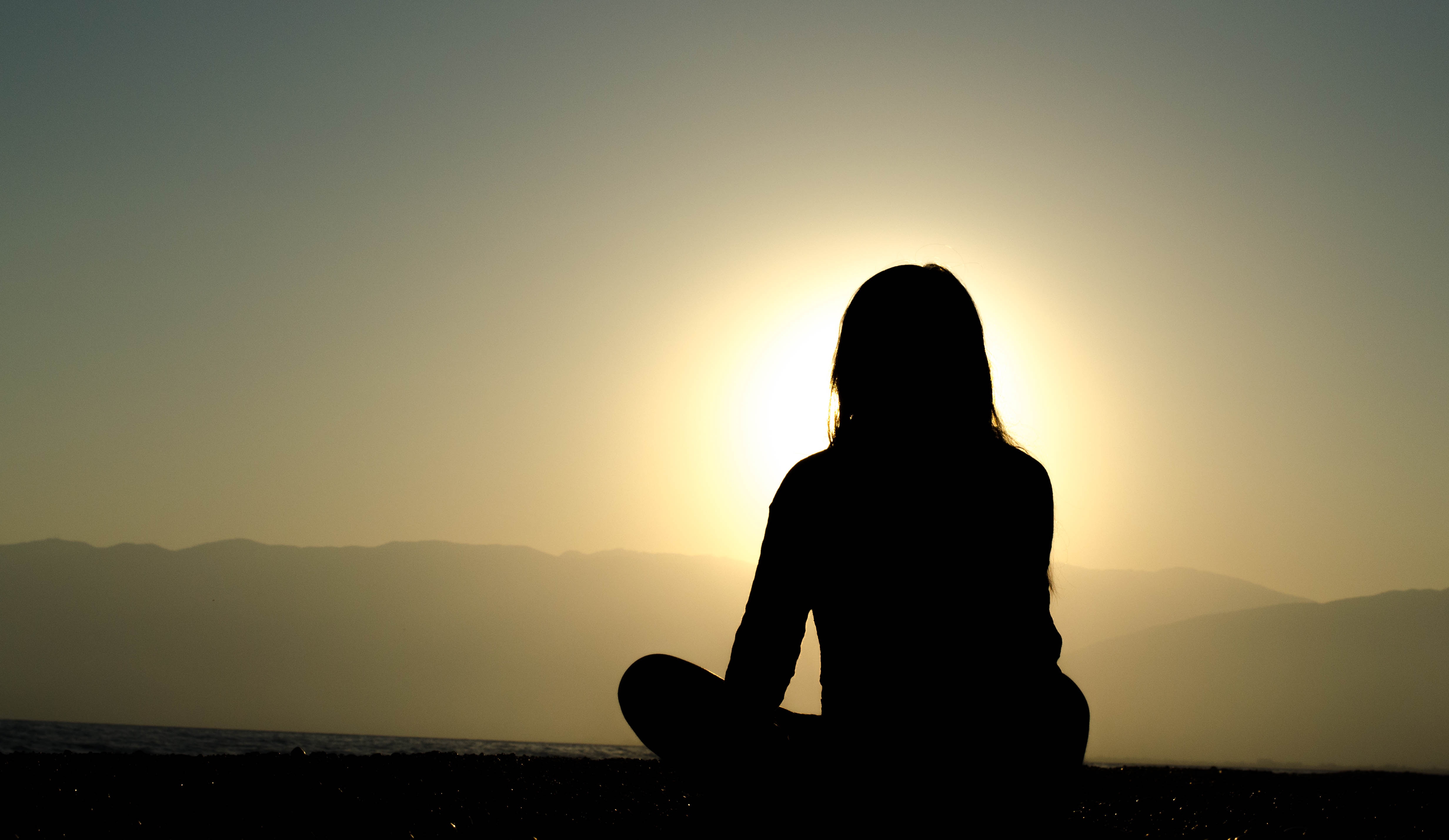

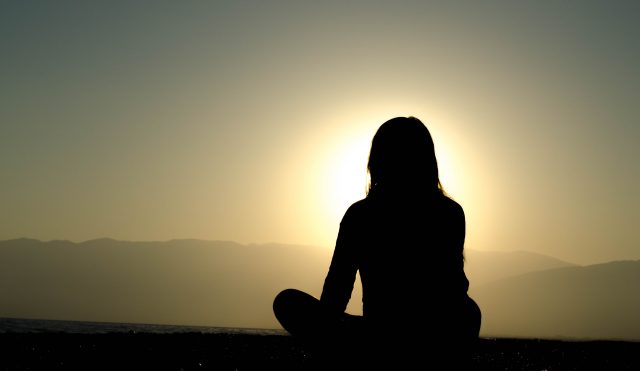
 While I was on my yoga teacher training in October of 2017, I realized that these four agreements have a place in my yoga practice, too. I present them here, not necessarily in the order originally presented!
While I was on my yoga teacher training in October of 2017, I realized that these four agreements have a place in my yoga practice, too. I present them here, not necessarily in the order originally presented!